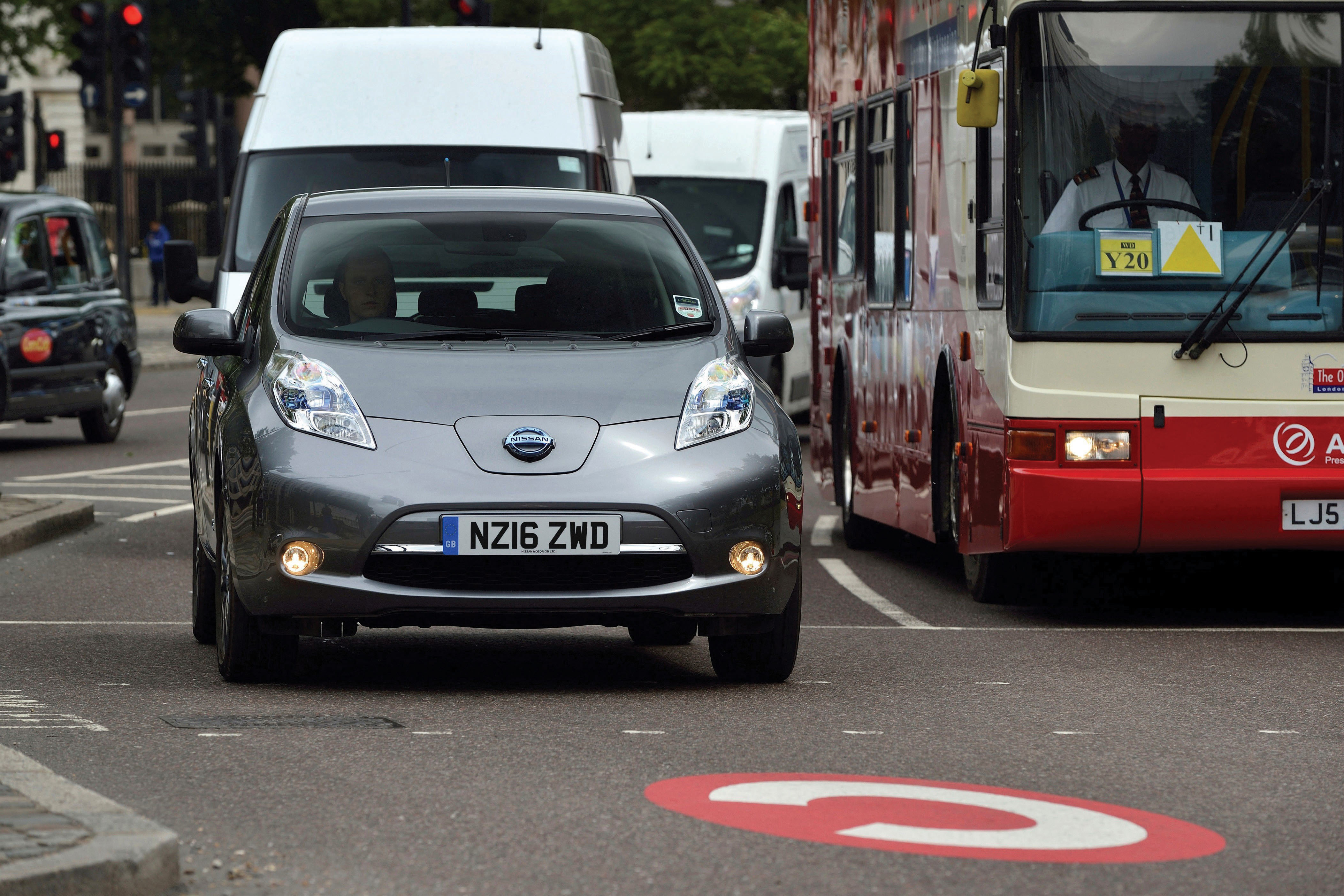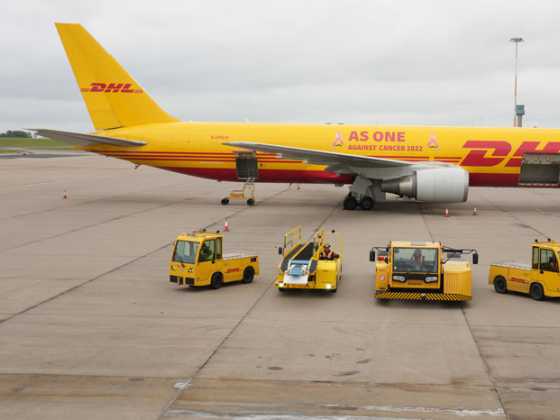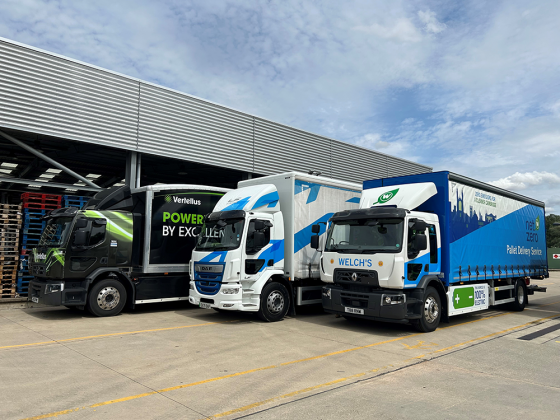Expert Panel: Leasing

With Brexit, air quality targets and tax changes on the horizon, we ask our leasing experts what the main challenges will be for fleet operators in 2017 and how the leasing industry can help
2017 brings with it a number of uncertainties. The political and economic upheaval that may arise from Brexit, together with scrutiny over air quality, and changes to tax means that fleets need to think now about their operations in the future.
Brexit negotiations will be aiming for a trade deal that replaces UK membership to the Single Market. While it is expected that most EU regulations and directives will be retained in some form, there are still challenges that fleets should be aware of. If there is a rise in import tariffs and fuel duty, for example, and the value of the sterling takes a dip, this may cause the price of vehicles, tyres and parts to increase. What’s more, restrictions on migration may have an impact on human resources.
Shaun Sadlier, head of consulting at Arval says: “We are in a period of fast-paced change and will be for the foreseeable future. It’s really important that fleet operators are aware of change throughout and how it may impact them so they can take it into consideration when setting their fleet strategies.
“Current economic and political conditions are having an impact, and we are already seeing a number of price increases from the manufacturers as a direct result of the fall in the value of sterling.”
James Birch from Free2Move Lease adds: “The main challenges in 2017 are likely to come from volatile exchange rates and uncertainty surrounding Brexit. These are likely to create fears regarding rising costs and uncertainty in the economy.
Leasing companies can help by providing products and services that offer greater predictability and improved cost planning.”
Salary sacrifice
The Autumn Statement announced that the tax and employer National Insurance advantages of salary sacrifice schemes will be removed from April 2017, except for ULEVs emitting below 75g/km CO2.
Existing employer-provided car arrangements made before April 2017 will be kept in place for four years, however.
LeasePlan’s Matthew Walters comments: “One of the most significant changes for the fleet industry was announced during the 2016 Autumn Statement, when the Chancellor confirmed his decision to target cars gained through Salary Sacrifice. The HMRC also made it clear that they will make no distinction between Salary Sacrifice and the practice of offering a cash allowance in lieu of a company car, which could affect up to 600,000 drivers.
“With April 2017 remaining as the implementation date, providers and employers have been given little time to ensure they can comply with the new rules effectively.”
Shaun Sadlier from Arval advises that fleet operators get advice on this area, adding: “Originally focused on salary exchange schemes, the changes announced in the Finance Bill have wider implications than just this, affecting drivers who have the option of a company car or a cash alternative.”
VED changes
VED will also change for cars registered from April 2017.
Car tax for the first 12 months will be directly linked to the car’s CO2 emissions, but after this, a standard rate of £140 per year applies. Alternative fuel vehicles, however, including hybrids, bi-ethanol and liquid petroleum gas, will receive a £10 reduction.
Crucially, zero‑emission vehicles will have £0 VED to pay for the first and subsequent years, as an incentive to drive up the adoption of electric vehicles.
Whilst the incentive for electric vehicles is welcome, some in the industry are concerned that the new rates are a step backwards when it comes to incentivising the purchase of hybrids and other ultra-low carbon cars.
Benefit in Kind
Although not coming into effect until April 2020, companies will need to think now about changes to company car tax bandings.
There will be 15 new bandings introduced, of which 11 will be for ULEVS. From 2020, the appropriate percentages for zero emission cars will drop from 16 per cent to two per cent, while those for cars with CO2 emissions between 1g/km and
50g/km will vary between two per cent and 14 per cent depending on the electric range of the vehicle. The measure also increases appropriate percentages by one percentage point to a maximum value of 37 per cent for cars with CO2 emissions of 90g/km and above.
Chris Chandler from Lex Autolease says: “Incentives for plug in vehicles are welcomed and utilising the zero‑emission range capabilities to provide tax breaks gives the industry and operators time to start creating a five‑year plan to move towards more plug in focused fleet policies.”
Seeking advice
Amongst all this regulatory change, organisations need to look carefully at their operations and how any changes might affect them in the future. Firms in the leasing and contract hire industry keep themselves up to date with any changes and so it is a good idea to seek advice.
“Increasingly customers are coming to us for information on the changes which impact the management of their vehicles,” says Shaun Sadlier from Arval. “They want to better understand the potential impact for their business and advice on the options available to them.”
Matthew Walters from LeasePlan adds: “The best suppliers will need to support business owners and fleet managers by staying at the forefront of any developments, keeping their customers well informed about any changes and advising them on the best action to take.”
With all incentives geared towards the purchase of zero and ultra low emission vehicles, Chris Chandler from Lex Autolease believes that leasing companies and vehicle manufacturers can give advice on which vehicle fuels and technologies best suit a business: “Journey lengths, frequencies and where they occur (urban, extra urban mix) should be understood to ensure the most appropriate fuel/ technology is recommended,” he says.
Clean Air Zones
The European Commission has sent a final warning to the UK for persistently breaching legal levels of air pollution, and has given the government two months to act.
Poor air quality causes more than 400,000 people to die prematurely in the EU every year, the commission says.
The main pollutant in question is nitrogen dioxide N02, and emissions from old diesel vehicles are a major culprit.
To address this issue, the government has plans for Clean Air Zones (CAZs) for Birmingham, Leeds, Nottingham, Derby and Southampton by 2020. London has an Ultra Low Emission Zone scheduled (ULEZ) for 2019.
The zones aim to reduce pollution in city centres by encouraging the replacement of old, polluting vehicles with modern, cleaner vehicles – with most polluting vehicles, such as old buses taxis, coaches and lorries, discouraged from entering air quality hotspots.
Private car owners will not be affected, although in London, all vehicles will need to meet exhaust emission standards or pay a daily charge.
So what should businesses do now in order for them to prepare for operating in and out of Clean Air Zones?
“Businesses should currently be reviewing their fleets to assess if they need to make changes to achieve the requirements for London’s ULEZ,” advises Shaun Sadlier from Arval. “Specifically, they should be considering in which circumstances an alternative energy vehicle would be a cost effective alternative to more traditional powertrains.
“It’s also a good time to reinforce the importance of journey planning to drivers which should incorporate traffic hotspots, toll roads and low emission zones. A small investment in time up front can make a big difference to the cost of a journey and the time that it takes,” Shaun adds.
James Birch from Free2Move Lease says: “Refreshing your fleets and changing vehicles to those that have the lowest possible emissions, such as those that are Euro-6 compliant and those that are ULEZ compliant, is the best way to future proof yourself from increasing costs, related to older vehicles with higher emission levels.”
Chris Chandler from Lex Autolease believes that discussions around CAZs at present are primarily targeting older higher emission vehicles, and are focused on HGVs, buses and coaches. There should therefore be limited impact on most leased fleet operators. “Obviously those leasing buses, HGVs and with longer term leases may need to take action now,” Chris says.
He adds: “There are plans for some CAZ to include older light commercial vehicles, but otherwise LCVs and cars are currently out of scope for the five cities already announced to be introducing CAZ in 2020.
“We suggest a watching brief for any fleet operator requiring access to major cities, but at present the impact on our customers who are primarily leasing cars and LCVs under five years old, should have little concern.”
The diesel debate
The ‘dieselgate’ scandal – when Volkswagen were found to have cheated emissions tests – shook the automotive industry and opened up a debate about the environmental credentials of diesel. Adding weight to the argument, campaigners Transport and Environment released a report revealing that Euro 6 diesel engines across the board do not comply with latest air pollution limits when driven in real-world conditions.
But what impact has this realisation had on the fleet industry? Has it driven more businesses towards petrol or alternatively-fuelled vehicles?
Matthew Walters from LeasePlan believes that the latest registration figures speak for themselves: “SMMT figures show that in the year up to January 2016, diesel vehicles accounted for 50 per cent of all cars registered. They now account for 48 per cent. Meanwhile, the number of petrol registrations has risen by 10 per cent, whilst the number of alternatively-fuelled registrations has risen by 49 per cent, contributing to a reduced market share for diesel cars.”
Chris Chandler from Lex Autolease commented: “We noticed a very small short‑term dip in orders for some specific diesels, however this was weeks not months and the demand bounced back very quickly.
“The interest in plug in vehicles was well underway before this and has continued strongly,” he adds.
Shaun Sadlier from Arval commented: “If the scandal has done anything, it has heightened awareness of the need to consider cleaner vehicles.”
James Birch from Free2Move Lease adds: “Clearly any such matter raises worries with any fleet operator and finding their way through the maze of information and mis‑information isn’t easy. However, it’s worth remembering that not all manufacturers are directly concerned by this issue.”
Chris Chandler believes that while this is a negative period for diesel, efforts will be made to make it cleaner: “Just as plug in vehicle technology continues to advance we also expect to see lower emission technologies continuing the clean‑up of diesel vehicle emissions, which over the past ten years have reduced dramatically.”
Future growth
With upcoming policy changes, the push for electric vehicles, advancements in technology, and Brexit on the horizon, the fleet and transport industry is at a time of change. But where do our panelists see growth in the leasing market in the future?
Shaun Sadlier from Arval believes that businesses will be turning to leasing firms as a way of adopting electric and hybrid vehicles without the risk that such young technology implies. He explains: “Where technology is younger, and levels of depreciation are less certain, leasing is a great way for businesses to benefit from the latest vehicle efficiencies while protecting themselves from the unpredictable used vehicle market. As new vehicles enter the market, and range continues to grow, this demand will grow.”
Chris Chandler from Lex Autolease also sees growth in this area: “We expect to see our ULEV fleet increase further, currently standing at some 7,500 vehicles, and expansion into different markets and sectors will continue to push this growth.”
For Matthew Walters from LeasePlan, growth in the SME sector will be a future trend. This may especially be the case if Brexit puts pressure on small businesses that rely on EU for workers, or are part of EU-wide supply chains, and are therefore looking for ways to cut costs and streamline operations. However, he says uptake is currently low: “Research tells us that recognition of leasing companies is low amongst small to medium businesses and uptake of leasing in this segment is also low at only 35 per cent.
“However, of the 65 per cent who don’t lease, 58 per cent said they would consider it. Therefore, we expect to see growth of interest from the SME market during 2017 as they start to re-evaluate their circumstances and understand further the advantages of leasing, a company car or van, over outright purchase.”
James Birch from Free2Move Lease sees several areas of potential growth: “These range from increasing interest in personal leasing to greater demand for lower emission and alternative energy vehicles, through to growing customer interest in the benefits and solutions made possible by connected vehicles.”
Expert final thoughts
Shaun Sadlier
Leasing as a source of vehicle finance will continue to be an important funding option for businesses because of the range of benefits. What’s more, a growing number of companies seem to be looking to outsource non-core activities, and as experts in fleet management, the vehicle leasing sector is perfectly placed to take on a large number of administrative and process operations on behalf of the customer. To tap into expertise while delivering efficiency, direct driver contact by the leasing supplier will increasingly become the norm.
James Birch
Brexit is likely to create fears regarding rising costs and uncertainty in the economy. Leasing companies can help by providing products and services that offer greater predictability and improved cost planning. In the future, there are several areas of potential growth in the leasing industry. These range from increasing interest in personal leasing to greater demand for lower emission and alternative energy vehicles, through to growing customer interest in the benefits and solutions made possible by connected vehicles.
Chris Chandler
As a business we have seen strong overall fleet growth in 2016 and expect this to continue through 2017. We expect to see our ULEV fleet increase further, currently standing at some 7,500 vehicles, and expansion into different markets and sectors will continue to push this growth. There are many changes and challenges this year but we feel well placed to deal with these and ensure our customers are well informed and can guide them to the most appropriate fleet solutions for their specific needs.
Matthew Walters
The diesel surcharge could well be joined by other carrot & stick policies that are either punitive to diesel cars or at least encourage the uptake of alternatively-fuelled vehicles. Fleet managers should be preparing themselves for these possibilities, as well asking questions. What new technology is out there? What does it mean if NO2 becomes more of a concern than CO2? As during any period of great change, the answers will take some time to emerge.






